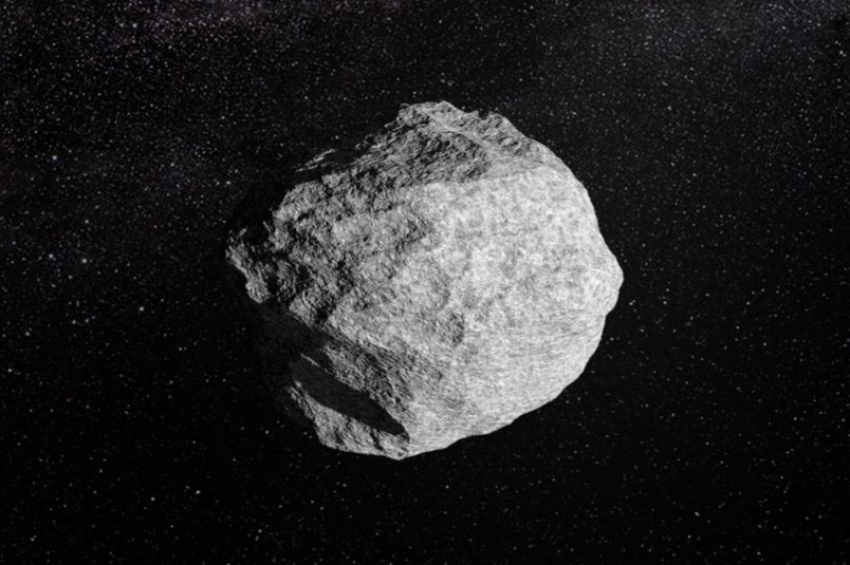Odds of a city-killer asteroid hitting Earth just went up
Astronomers keeping a close eye on a near-Earth asteroid called 2024 YR4 have just raised the odds of an impact with our planet on 22 December 2032 from 1.3% two weeks ago up to 2.1% now.
NASA’s Jet Propulsion Laboratory (JPL) announced that the probability of 2024 YR4 hitting Earth — about the size of a large building (40-90 meters) — is roughly 1 in 48.
The asteroid ranks 3 on the Torino Impact Hazard Scale (maximum 10), meaning it’s a scenario that merits attention from astronomers, the public, and officials.
More to read:
Astronomers discover 196-foot asteroid with 1-in-83 chance of hitting Earth in 2032
The only asteroid to score higher was Apophis, a 1,300-foot-wide space rock that briefly reached a 4 on the scale in 2004 before further observations ruled out a collision.It is also believed that the 490-meter wide asteroid Bennu has a slim chance to hit Earth in 2182 (0.04%).
Other bad news is that there are 0.3% odds of 2024 YR4 crashing into the Moon, if the rock missing our planet.
This event would be spectacularly visible from Earth. If the asteroid does hit the Moon, it would explode with the force of 343 Hiroshima bombs, leaving a significant mark on our celestial neighbor.

2024 YR4's orbit as of 10 February 2024. Credit: NASA
The good news is that if 2024 YR4 were to strike Earth, it wouldn’t be a planet-wide catastrophe like the asteroid that wiped out the dinosaurs. Instead, it would cause severe localized destruction, potentially leveling an entire city, as most debris would burn up in the atmosphere.
Because the odds have increased, astronomers are eager to get more precise data on 2024 YR4’s size and trajectory. The European Space Agency (ESA) noted that while the asteroid’s impact chances are still low, the situation is serious enough to warrant global planetary defense attention.
More to read:
[videos] Asteroid Bennu has a slim chance to hit Earth in September 2182
If 2024 YR4 turns out to be a real threat, the most viable options to avoid the impact reduce to the course deflection and nuclear strike – and humanity has the necessary technology for both operations.
Both NASA and ESA believe that the probability of 2024 YR4 striking Earth will likely change as scientists gather more data. Typically, these odds decrease over time as orbital calculations become more refined.
So, there’s no serious reason to panic. Yet.
***
NewsCafe is an independent outlet. Our sources of income amount to ads and subscriptions. You can support us via PayPal: office[at]rudeana.com or https://paypal.me/newscafeeu, or https://buymeacoffee.com/newscafe - any amount is welcome. You may also want to like or share our story, that would help us too.







